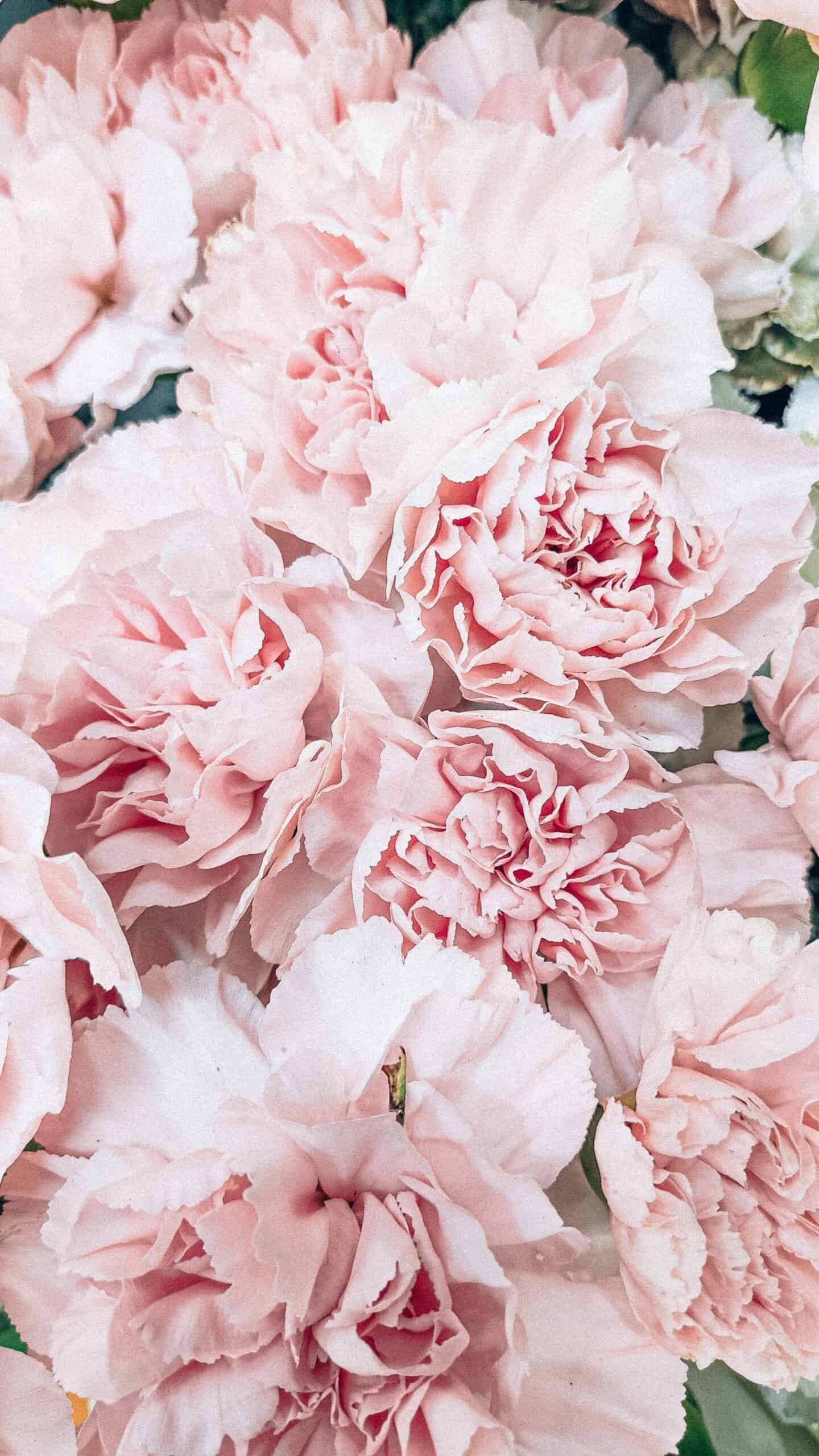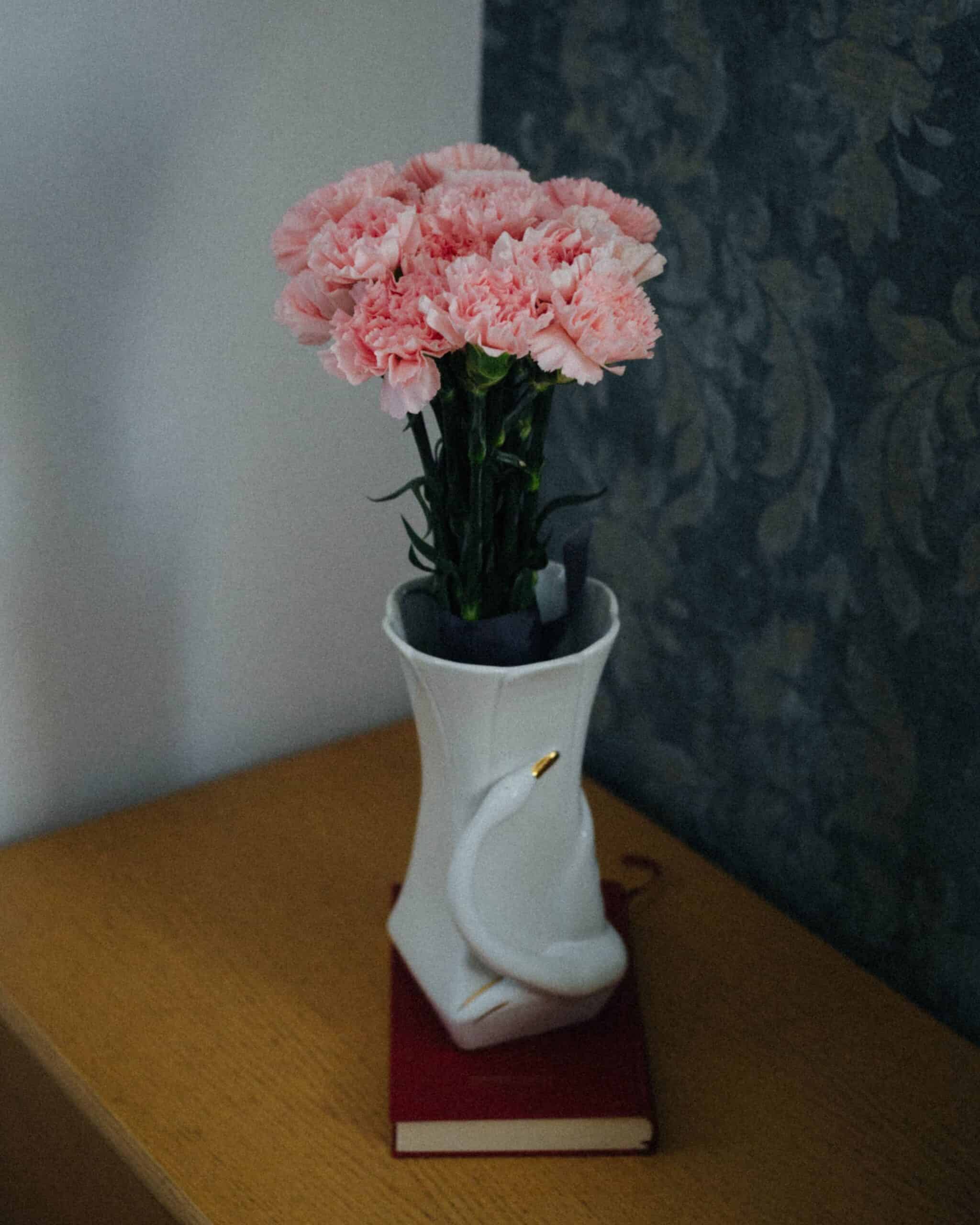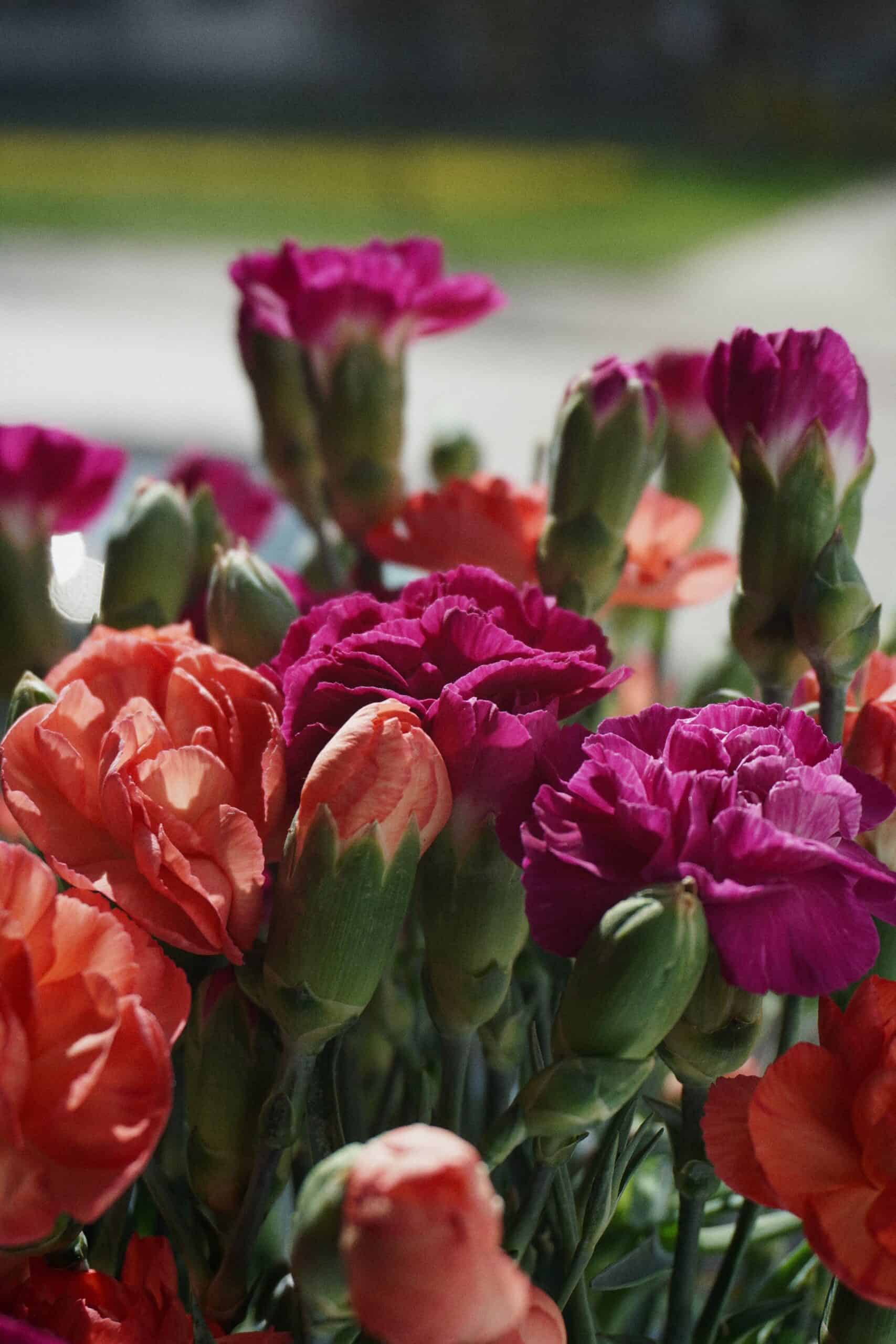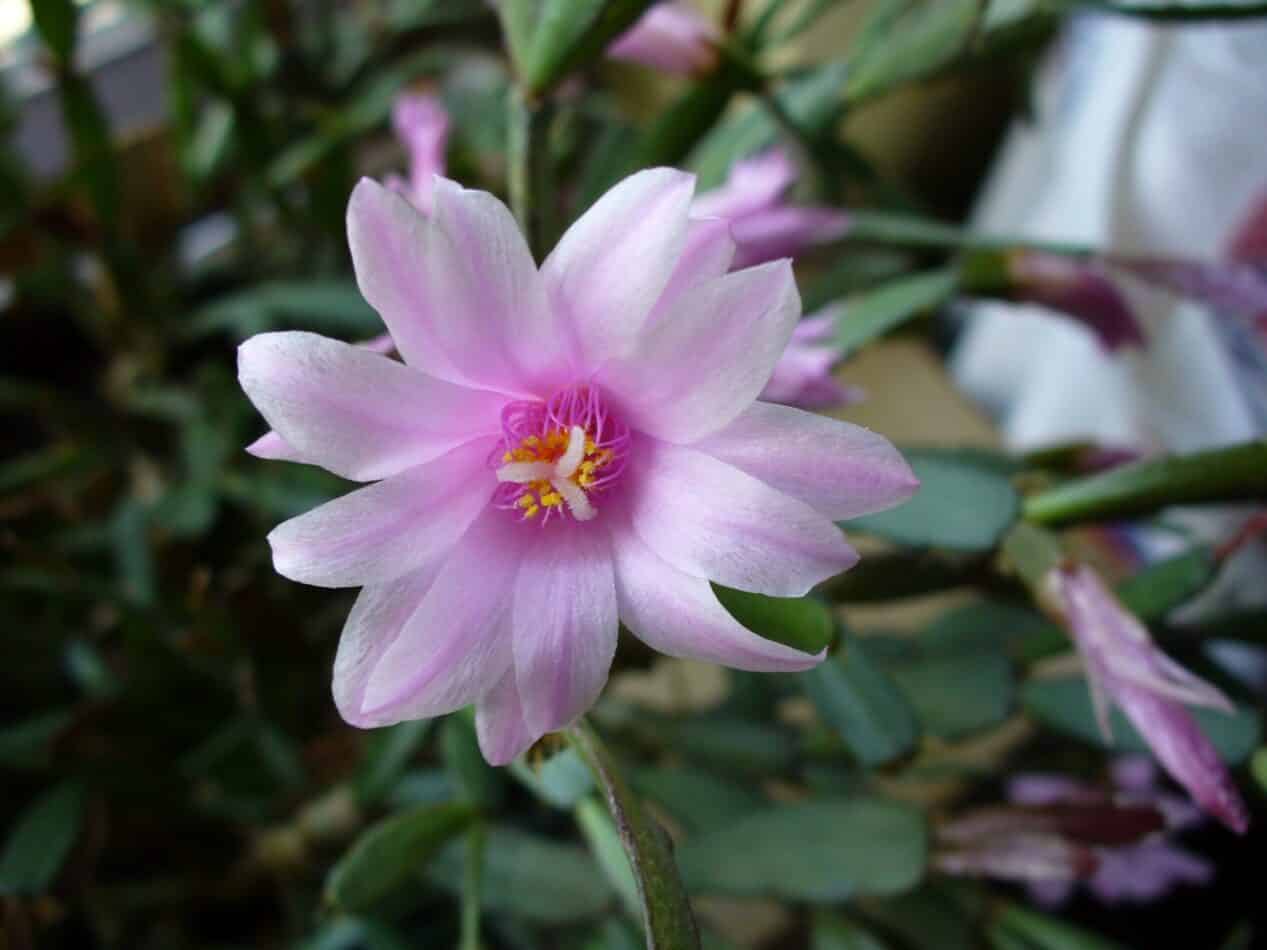Carnations are a beautiful and popular flower that comes in a variety of colors and sizes. They are relatively easy to care for and can be grown in a garden or in containers. In this blog post, we will discuss how to plant and care for carnations.
Planting Carnations
When planting carnations, it is important to choose a location that receives at least six hours of sunlight per day. The soil should be well-drained and enriched with compost or aged manure. Carnations prefer slightly alkaline soil with a pH between 6.0 and 7.5.
Here are the steps to plant carnations:
- Prepare the soil: Loosen the soil to a depth of 12 inches and mix in compost or aged manure. This will improve drainage and provide nutrients for the plant.
- Choose the right location: Choose a location that receives at least six hours of sunlight per day and has well-drained soil.
- Plant the seedlings: Dig a hole slightly larger than the root ball of the seedling. Place the seedling in the hole and backfill it with soil. Water the plant thoroughly.
- Water regularly: Water the plant regularly, especially during hot and dry weather. Avoid overwatering, as this can lead to root rot.
- Fertilize: Fertilize the plant every four to six weeks with a balanced fertilizer. This will provide the nutrients needed for healthy growth.

Caring for Carnations
Caring for carnations is relatively easy. Here are some tips to ensure healthy growth:
- Water regularly: Water the plant regularly, especially during hot and dry weather. Avoid overwatering, as this can lead to root rot.
- Fertilize: Fertilize the plant every four to six weeks with a balanced fertilizer. This will provide the nutrients needed for healthy growth.
- Deadhead: Remove faded flowers regularly to encourage new growth and prolong blooming.
- Prune: Prune the plant in the spring to remove dead or damaged branches and promote bushy growth.
- Mulch: Apply a 2-3 inch layer of mulch around the base of the plant. This will help retain moisture and suppress weeds.
- Pest control: Watch for pests such as aphids, spider mites, and thrips. Use insecticidal soap or neem oil to control infestations.
- Disease control: Watch for diseases such as powdery mildew and rust. Use fungicides to control outbreaks.
- Winter care: In areas with cold winters, cover the plant with a layer of mulch or straw to protect it from frost damage.
Harvesting Carnations
Carnations are a popular cut flower and are often used in floral arrangements. Here are some tips for harvesting carnations:
- Choose the right time: Wait until the flower buds have fully opened before harvesting. This will ensure maximum bloom time and a longer vase life.
- Use sharp scissors: Use sharp scissors to cut the stem at a 45-degree angle, just above a leaf node.
- Remove leaves: Remove any leaves that will be below the water line in the vase.
- Place in water: Immediately place the cut flowers in a vase of water. Add a floral preservative to the water to prolong the vase’s life.

Propagation
Carnations can be propagated through seeds, stem cuttings, and layering. Here are some tips for each method:
Seeds: Start seeds indoors six to eight weeks before the last expected frost. Sow the seeds in a well-drained potting mix and keep the soil moist. When the seedlings have two sets of true leaves, transplant them into individual pots. Harden off the plants by gradually exposing them to outdoor conditions before planting them in the garden.
Stem cuttings: Take stem cuttings in the spring or fall. Cut a 4- to 6-inch section of stem just below a leaf node. Remove the lower leaves and dip the cut end in the rooting hormone. Plant the cutting in a well-drained potting mix and keep the soil moist. When roots have formed, transplant the cutting into a larger pot or the garden.
Layering: Layering is a method of propagating carnations by rooting a stem while it is still attached to the parent plant. Choose a healthy, flexible stem and bend it down to the ground. Make a small cut in the stem just below a node and dust the cut with the rooting hormone. Cover the cut with soil and secure the stem to the ground with a U-shaped pin. Keep the soil moist and wait for roots to form. Once roots have formed, cut the stem from the parent plant and transplant it into a larger pot or garden.

In conclusion, carnations are beautiful and easy-to-care-for flowers that can add color and fragrance to any garden. By following these tips for planting, caring for, and propagating carnations, you can enjoy these lovely flowers for years to come. With their stunning blooms and variety of colors, carnations are a must-have for any gardener, whether you’re a beginner or an experienced gardener.
What we love from Amazon this week
Buy these wonderful flowers directly from Amazon:















